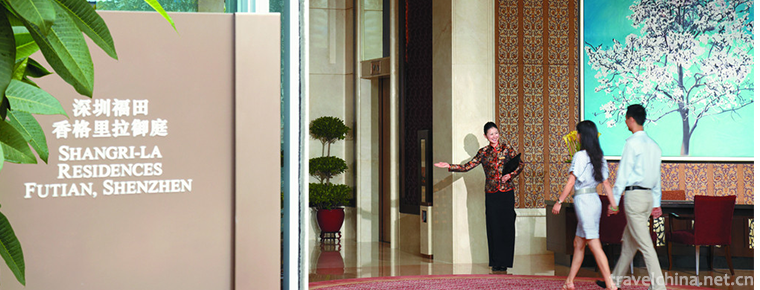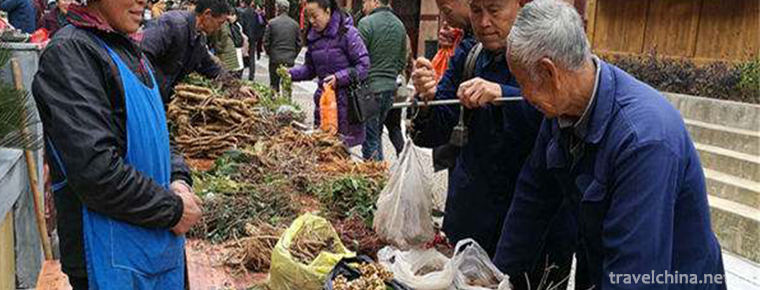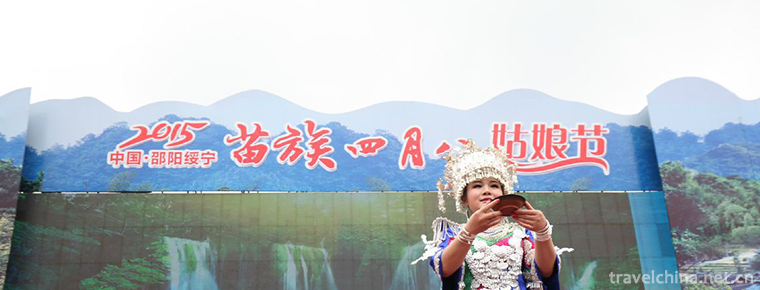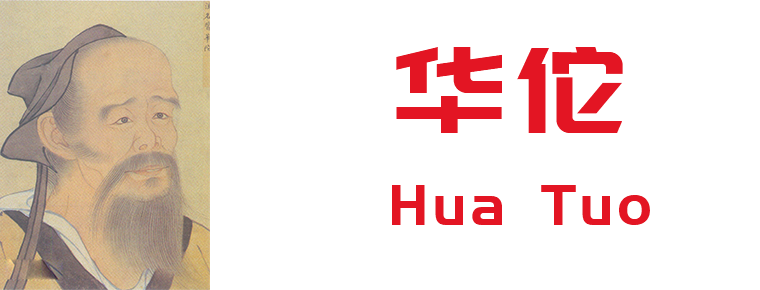Sichuan Agricultural University
Sichuan Agricultural University
Sichuan Agricultural University is a national "211 Project" with the characteristics of biotechnology, the advantages of agricultural science and technology, and the coordinated development of multi-disciplines. It is also an excellent university for evaluating the undergraduate teaching level of the Ministry of Education. Professor Chuang Tianhui, Secretary of the Party Committee, and Professor Zheng Youliang, President of the Party Committee.
It has a long history and rich resources. Its predecessor was Sichuan Tong Agricultural School founded in 1906, and it has experienced many calendars since then, such as Sichuan Higher Agricultural School (1912), Sichuan Public Agricultural Specialized School (1914), Public Sichuan University Academy of Agricultural Sciences (1927), Sichuan Provincial Agricultural College (1932), National Sichuan University Agricultural College (1935), Sichuan University Agricultural College (1950). The stage of historical development. In 1956, the Agricultural College of Sichuan University moved to Ya'an, the former capital of Xikang Province (revoked in 1955) to establish an independent school as Sichuan Agricultural College. In 1985, it was renamed Sichuan Agricultural University. In 2001, Sichuan Forestry School was integrated as a whole. The school currently has three campuses, Ya'an, Chengdu and Dujiangyan, covering an area of about 4500 mu. The collection of literature resources is 116.589 million copies.
There are various disciplines with distinct characteristics. There are 26 colleges, 15 research institutes (centers) and 1 State Key Laboratory (preparation), covering 10 disciplines of agriculture, science, engineering, economics, management, medicine, literature, pedagogy, law and art. There are 7 post-doctoral research mobile stations, 11 first-level disciplines and 48 second-level disciplines authorized by doctoral degree, 18 first-level disciplines and 87 second-level disciplines authorized by master's degree, 8 professional degree award categories and 91 undergraduate disciplines; 4 national key disciplines and key cultivation disciplines, and 19 ministerial and provincial key disciplines. In 2005, the school was designated as one of the 40 key universities in the national disciplinary construction plan for Xinjiang. According to the comprehensive score of the fourth round of subject evaluation results in China in 2017, the schools ranked 7th and 4th in the national agricultural and forestry universities and Sichuan universities respectively. Since 2015, the ESI rankings of agricultural sciences, botany and zoology have remained stable at the top 1% in the world. Animal Nutrition and Feeding Science in 2017 and Crop Science in 2018 were selected into the National Innovation and Intelligence Introduction Program of Higher Education Institutions (111 Program).
Teachers are strong and well-known. There are more than 3700 faculty members, including 375 professors and 577 associate professors, 273 doctoral supervisors and 775 master supervisors, 1 academician of Chinese Academy of Engineering, 2 national outstanding senior experts, 1 specially appointed professor of Changjiang scholars, 1 young scholar, 1 national famous teaching teacher and 2 national outstanding young science fund recipients. Four recipients of the National Excellent Youth Science Foundation, seven young and middle-aged experts with outstanding contributions from the State, 12 candidates for the National Millions of Talents Project, 3 leaders of the National Million Plan, 3 top young talents, 1 chief young scientist of the National 973 Plan, 15 candidates for the New Century Excellent Talents Support Plan, and the enjoyment of the country 101 experts on special allowances from the State Council Government, 90 academic and technical leaders from Sichuan Province, 54 outstanding experts with outstanding contributions from Sichuan Province, 7 candidates for Sichuan Special Talent Program, 2 outstanding talents for Tianfuwan Program, 6 leaders for Tianfuwan Program, 3 top-notch young talents for Tianfuwan Program, and teaching in Sichuan Province There are 13 famous teachers, 3 He Liang and He Li Fund winners, 11 Huo Yingdong Education Fund winners, 3 Sichuan Science and Technology Outstanding Contribution Award winners, and 1 Sichuan Outstanding Talents Award winner. The school is one of the first two pilot universities in the provincial pilot area of talent priority development.
Sports system is complete and conditions are excellent. With a complete education system to train bachelors, masters and doctorates, it is one of the first universities to resume postgraduate enrollment after the Cultural Revolution. There are more than 44,000 full-time students, including 38,000 undergraduates and nearly 6,000 master and doctoral students. He has won 102 teaching achievement awards at or above the provincial level, including 3 first-class awards at the national level, 8 second-class awards and 27 first-class awards at the provincial level. There are 5 excellent doctoral dissertations and 6 nominations in China. There are 10 national-level specialties, 5 national-level top-quality courses, 4 national teaching teams, 1 National Innovative Experimental Zone for talent training mode, 2 national experimental teaching demonstration centers, 1 National off-campus practical education base for University students, and 404 national-level innovative entrepreneurship training programs for University students. The school is one of the Pilot Universities of independent selection and admission reform in China, one of the first batch of 50 universities with typical employment experience of graduates, one of the 50 universities with typical experience of innovation and entrepreneurship in China, and one of the first batch of demonstration clubs of innovation and entrepreneurship for college students in the province.
The achievements of scientific research are fruitful and the benefits are remarkable. More than 700 awards were awarded for scientific and technological achievements at or above the provincial level, including 2 first-class awards and 3 second-class awards for national technological inventions, 1 second-class award for national natural science, 18 second-class awards for national scientific and technological progress, and 3 first-class awards and 57 first-class awards for Sichuan technological progress. About 70% of the award-winning achievements have been promoted and transformed, which has accumulated more than 100 billion yuan in social and economic benefits. He has published high-level papers in the top international academic journals Cell and Science. There are 8 key laboratories of the Ministry of Agriculture and Rural Areas of the Ministry of Education and the State Forestry and Grassland Administration, 3 research centers of the Ministry of Agriculture and Rural Areas of the Ministry of Education, 1 condition platform of the Ministry of Science and Technology, 9 innovation teams of the Ministry of Agriculture and Rural Areas of the Ministry of Education, 5 scientific observation experimental stations of the Ministry of Agriculture and Rural Areas, and 30 key laboratories of Sichuan Province (universities). There are 7 engineering (technology) research centers, 4 Social Research bases, 3 international science and technology cooperation bases and 5 collaborative innovation centers. The school is also one of the first 10 universities to establish the New Rural Development Institute in 2012.
Extensive and diverse exchanges with foreign countries. It has established exchanges and cooperation with more than 60 scientific research institutes in more than 20 countries and regions, such as the United States, Britain, France, Germany, Canada, Russia, Japan, Korea, Hong Kong and Taiwan. The school is one of the first 200 universities in China that can accept overseas students. It is also one of the contracted universities for the public postgraduate project of the state-built high-level universities.
The construction and development of schools have received the cordial care of the leaders of the Party and the state. In April 1991 and May 2002, Comrade Jiang Zemin visited the school twice and expressed his appreciation for the achievements made by the school in teaching and research. In January 2002, Comrade Wen Jiabao instructed that "the spirit of Sichuan Agricultural University" should be summarized, propagated and developed. In October 2007, Comrade Wen Jiabao once again instructed that Sichuan Agricultural University has made great achievements and its experience in running schools deserves attention. In May 2008, Comrade Li Keqiang visited the school to pay solicitude to the "5.12" disaster-stricken teachers and students. In October 2001, Comrade Li Lanqing visited the school and highly praised the spirit of Sichuan Agricultural University, fully affirming its outstanding contribution to local economic and social development.
In the new historical starting point, the school will always adhere to the idea that talent training is the foundation of the school, scientific research is the way to strengthen the school, social service is the strategy to revitalize the school, cultural inheritance and innovation is the soul of the school, firmly establish the concept of student-oriented, academic nature, subject-oriented, scholar-oriented, and vigorously promote "patriotism". "Sichuan Agricultural University Spirit of Dedication, Hard Strive, Unity and Struggle, Realism and Innovation", adhering to the school motto of "Pursuing Truth, Benefiting Society and Continuing Self-improvement", firmly takes the connotative development path of improving quality as the core, continuously promotes the construction of first-class agricultural universities with distinctive features and high levels, and strives to serve the regional economy. Make new and greater contributions to social development. (Data in this paper as of May 2019)
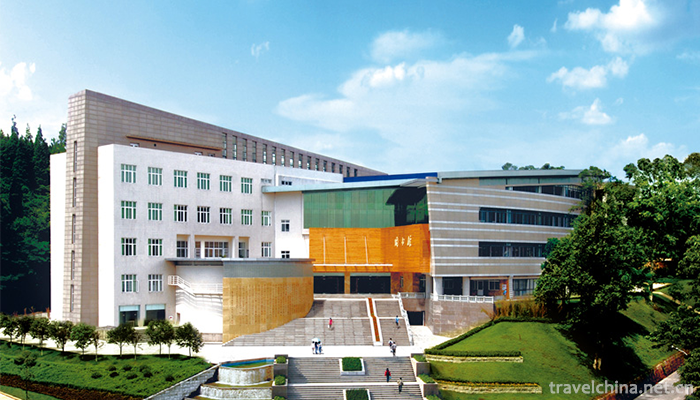
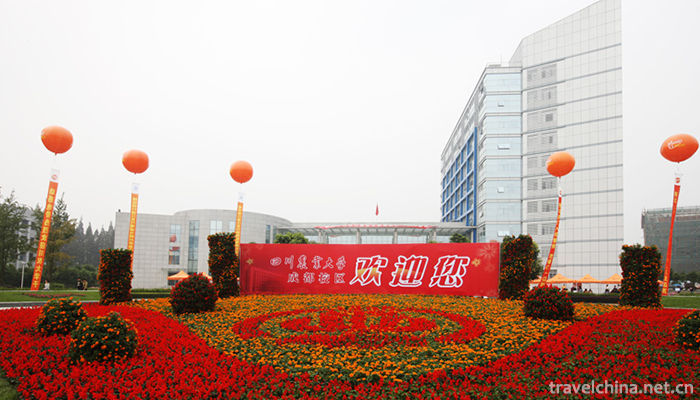
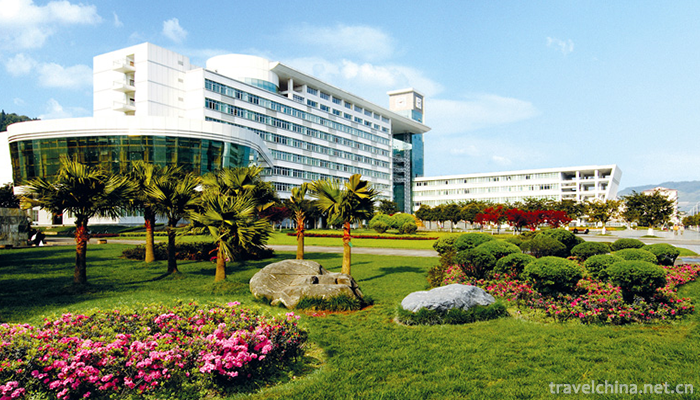
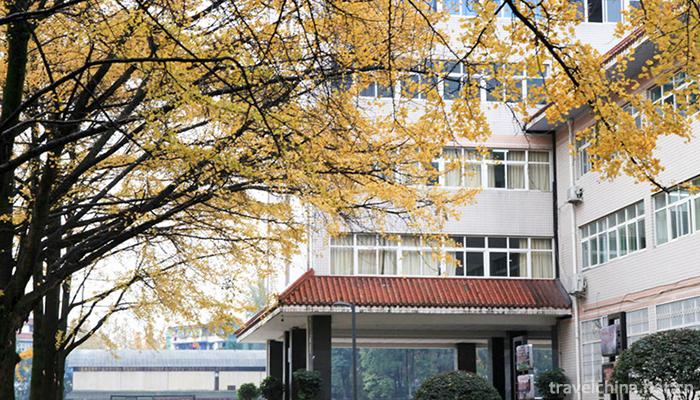
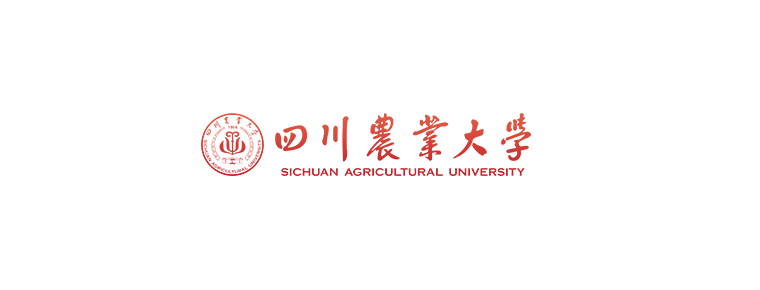
Sichuan Agricultural University
-
Wulong Karst Tourist Area Movie Transformers Place
Wulong Karst Tourist Area is located in Wulong District of Chongqing City. It has rare natural karst landscape, including karst caves, Tiankeng, ground crevices, canyons, peaks, alpine grasslands, etc
Views: 244 Time 2018-12-12 -
Futian Shangri La Hotel Shenzhen
The second Shangri-La Hotel Group, Shenzhen Futian Shangri-La Hotel, is located in the downtown area of Futian Business District. It can easily reach Shenzhen Convention and Exhibition Center, large s
Views: 696 Time 2018-12-16 -
Guilin fishing drum
Guilin fishing drum, commonly known as sentiment, is the local traditional rap and singing art of Guilin. The Song Dynasty was introduced into Guilin from the north,
Views: 163 Time 2019-05-02 -
Two tones of Han tune
Originally known as "Shan Er-huang", "Tu Er-huang" or "Shan Er-huang", the second largest traditional opera in Shaanxi Province is one of the traditional local operas in
Views: 179 Time 2019-05-02 -
Miao medicine
The Miao people mainly use plants as medicine to treat diseases. In the world, Miao nationality is a huge ethnic group distributed in Southeast Asia. It mainly distributes in Guizhou, Hunan and Yunnan
Views: 160 Time 2019-06-05 -
April Eighth Girls Day of Miao Nationality
"Girl's Day" originated in memory of Yang Bamei, a heroine. Legend has it that in the Northern Song Dynasty, Yang Wenguang, a famous general, was ordered to be plain and barbarous. After def
Views: 217 Time 2019-06-05 -
Hua Tuo
Hua Tuo (about 145 ad - 208 AD), the character is changed into one. Pei country Qiao County People, Eastern Han Dynasty The famous medical scientist at the end of the year.
Views: 237 Time 2019-09-07 -
Borneol Bridge
Luxian county is the "hometown of dragon culture" and "the hometown of Longqiao" in China. There are hundreds of ancient Longqiao bridges in the Ming and Qing Dynasties in Luxian County, which is the largest group of Longqiao in China and even in the world.
Views: 156 Time 2020-10-16 -
The origin of style of Chinese Cheongsam QiPao
The first one, represented by Zhou Xibao's the history of ancient Chinese costumes, believes that Qipao is directly developed from the robes of banner women in Qing Dynasty. However, some scholars believe that "although the cheongsam of the Republic of China
Views: 181 Time 2020-12-11 -
Transportation in Panzhihua
By the end of 2018, Panzhihua had 3733.91 kilometers of grade roads and 195 kilometers of expressways. In the whole year, the highway passenger traffic volume was 20.79 million person times, the passenger turnover volume was 597.18 million person kilometers,
Views: 131 Time 2020-12-14 -
Mineral resources in Suining
The mineral resources with more reserves in Suining City mainly include oil, natural gas, well salt, placer gold, limestone, etc., especially natural gas and brine resources. Suining has developed and utilized 7 kinds of mineral resources, including shale mine
Views: 220 Time 2020-12-16


